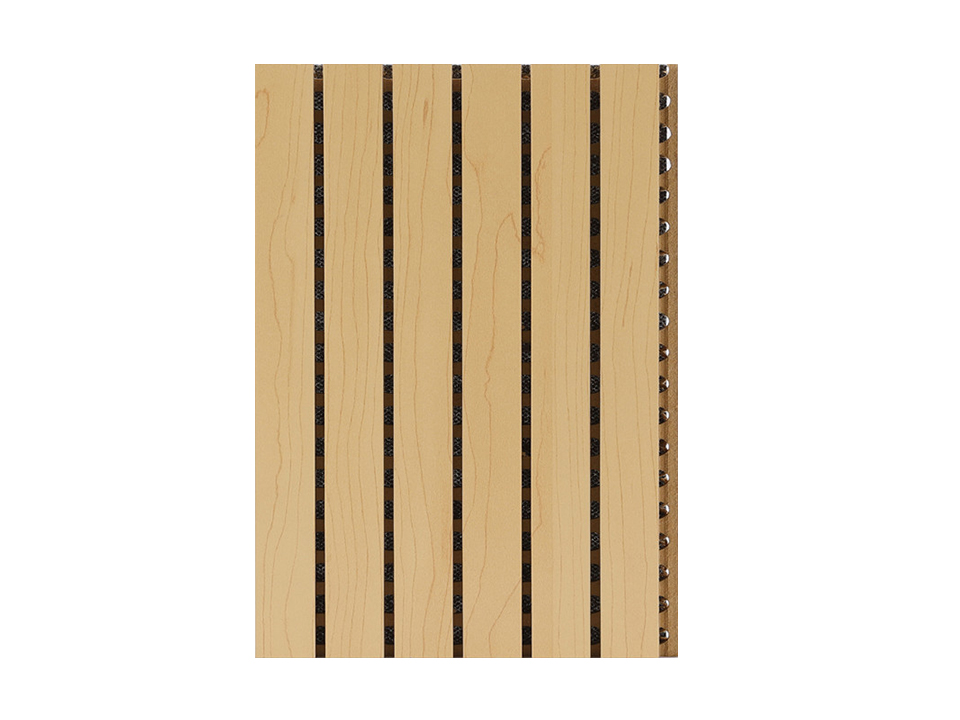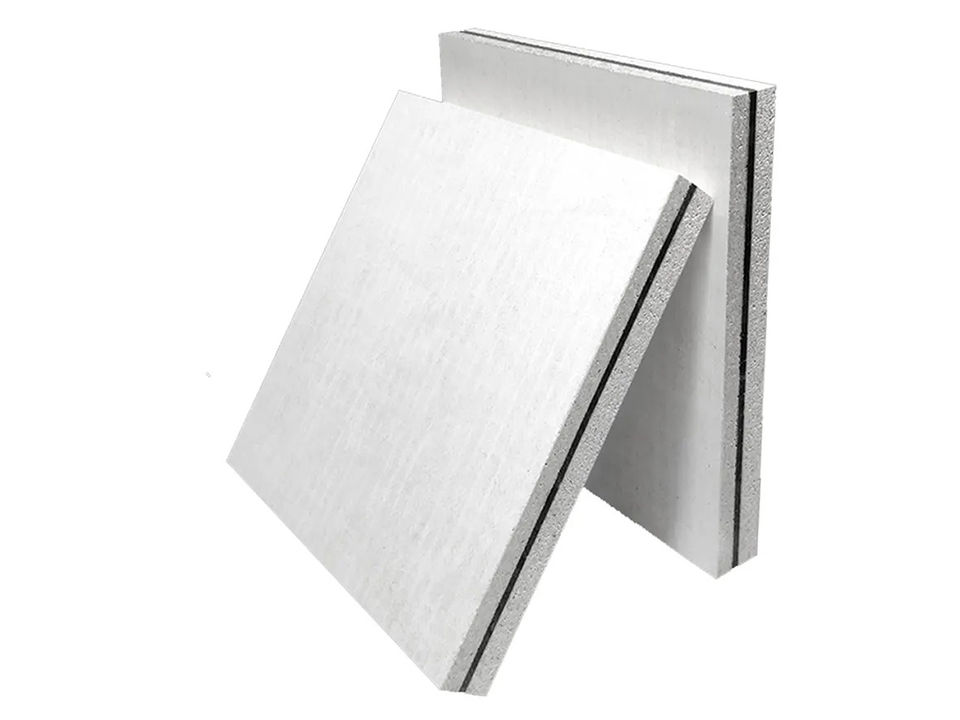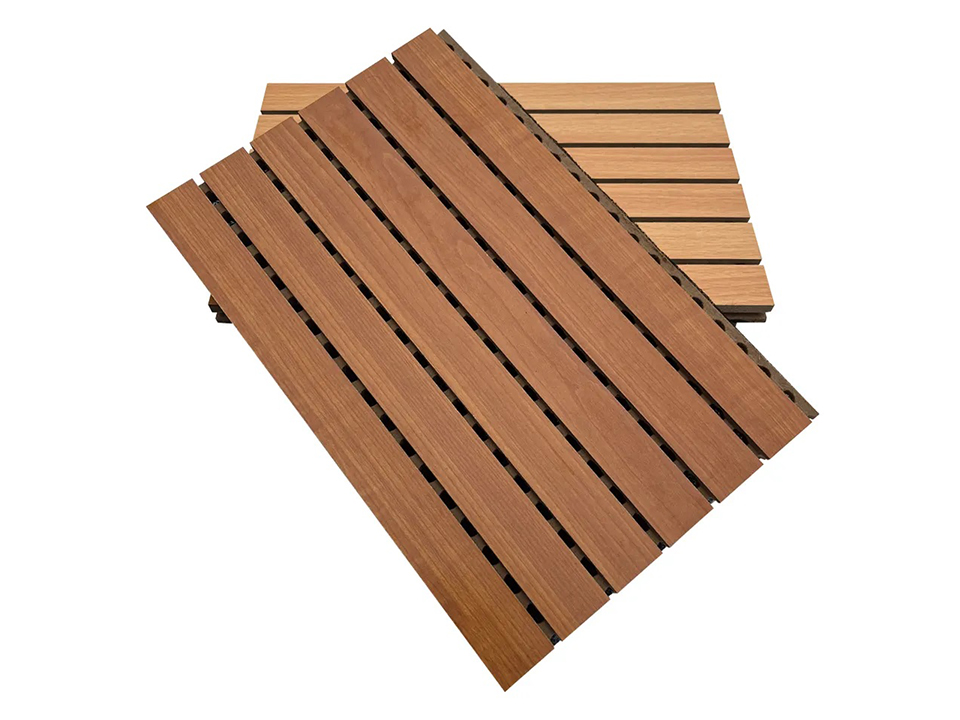Different sound insulation materials, sound insulation panels and sound absorbing panels, need to be used in decoration. What is the difference between the two and what is the role of each?
1. The material difference between the sound-absorbing panel and the sound-insulating panel
The sound-absorbing board is generally a porous material, and the grooved wood sound-absorbing board is generally slotted on the front and perforated on the back; The hole wood sound-absorbing board is all holes, and there are many tiny gaps inside the soft package sound-absorbing board, it can be said that the sound-absorbing materials are basically "pore" materials. As shown in Figure 1, the sound insulation panel is different, it must be a high-density material, and the sound is not easy to penetrate. Acoustic insulation panels are made of high-density materials, and the appearance is generally untreated, usually composed of several boards or acoustic felts. As shown in Figure 2


If you understand it deeply, you will know that they are opposites. A sound-absorbing panel is an extension of a line (sound wave), and a soundproof panel is a polyline of a line (sound wave). Sound-absorbing panels are used to extend the space of sound waves, and there must be gaps. The functions of the sound-absorbing board are: noise reduction, echo elimination, and clearer sound quality, suitable for places with relatively high acoustic requirements; The acoustic panel is used to limit the sound wave space, which must be tight. The room with sound-absorbing panels has good sound quality but is not soundproof; In the room with acoustic panels, the sound quality in the room is not very good if the room is small, but you can't hear any movement inside outside.
2. The performance difference between the sound-absorbing panel and the sound-insulating board
In terms of performance, the sound-absorbing board has moisture-proof, mildew-proof, fire-proof and non-combustible, sound insulation and heat preservation, environmental protection, insect-proof, anti-corrosion and other multi-effect functions. As shown in Figure 3, the sound insulation board is sound insulation and noise reduction, water resistance, ultraviolet resistance, light and safe, dustproof and durable, and can resist 10~12 level typhoon. However, they all have something in common, environmental protection non-combustible, in line with the national E1 environmental protection testing standards, are A1 grade non-combustible substrates. As shown in Figure 4


_2916.png)